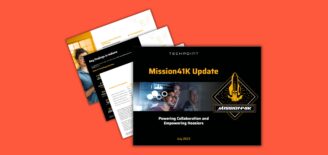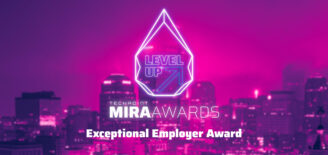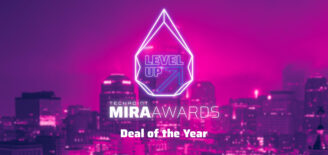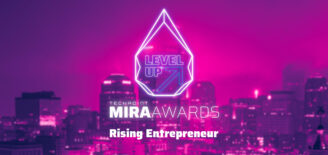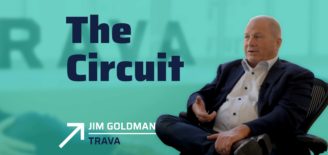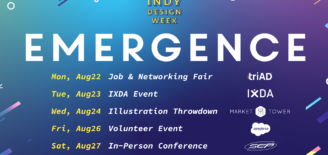4 Crucial Components for an Employee Handbook
Most of us have suffered through a dry and boring policy manual at a new hire orientation at some point in our careers. When we set out to create an employee handbook for SmallBox, we wanted to make something our team would actually want to read.
As a creative agency of designers who operate in an acutely competitive and innovative tech space, we wanted it to look good too. We thought that if we’re going to have this kind of document, it should give you a feel for what it’s like to work with us, not make you worry about legalese, or tune out before you’ve even gotten started on the job.
If you’re looking to up your game in the employee onboarding process, or you feel like you need some new tools to help in your recruiting process, then the employee handbook might be a good place to start. Sometimes it’s hard to know what all to include (and where to stop so you don’t end up with a tome!) when you’re building out something like this for the first time. As we wrote, planned and sorted, we found these four things to be the most critical information to get into our playbook:
1) North Star
At SmallBox, we refer to the set of foundational organization tenets — things like purpose, mission, vision and core values — as your North Star. We believe in introducing these things during the hiring process, and vetting potential employees against them. I’d go so far to say that values alignment is the single most important factor for determining culture fit with a prospective new hire. The earlier these conversation begin, the better. This stuff definitely deserves a big section of your playbook.
2) The Way
Sometime you have permission-to-play values, or a basic code of conduct. For some businesses these things are assumed, rather than communicated. But it’s best to be very clear and direct if there are behaviors beyond your core values you expect to see. At SmallBox, The Way includes things like “being present” and “thinking like an owner.”
3) What’s in it for me?
Many candidates will ask about things like benefits and performance-based raises during the interview process, but people who are less financially driven may not initiate these conversations. It’s good to have information about how you will invest in the employee — everything from perks to professional development, so that people understand when and how their performance will be assessed and how their growth will be supported over time.
4) Umami
We sometimes say culture is the umami of organizations. (Umami is Japanese for a pleasant, savory taste.) There’s a distinct flavor in the way your team interacts. We like to give a taste of that in our playbook by including some of the major events and things we do together. The playbook is a great place to include causes you support, team-wide celebrations or other work styles, rhythms, or quirks unique to your workplace.
There are plenty of other things we included in ours – bonus material like a recommended reading list and information about our work process. View the SmallBox Playbook here:
But don’t just take our playbook as the only example. Here are a couple of others that have inspired us:
No two playbooks should be exactly alike – as no two workplaces are either. The important thing is to make it your own. Happy playbooking!
 About Sara McGuyer:
About Sara McGuyer:
Sara McGuyer is chief culture officer at SmallBox, a creative agency focused on branding, marketing, design and consulting.
Find her online at saramcguyer.com, smallbox.com and @sara_mc.




